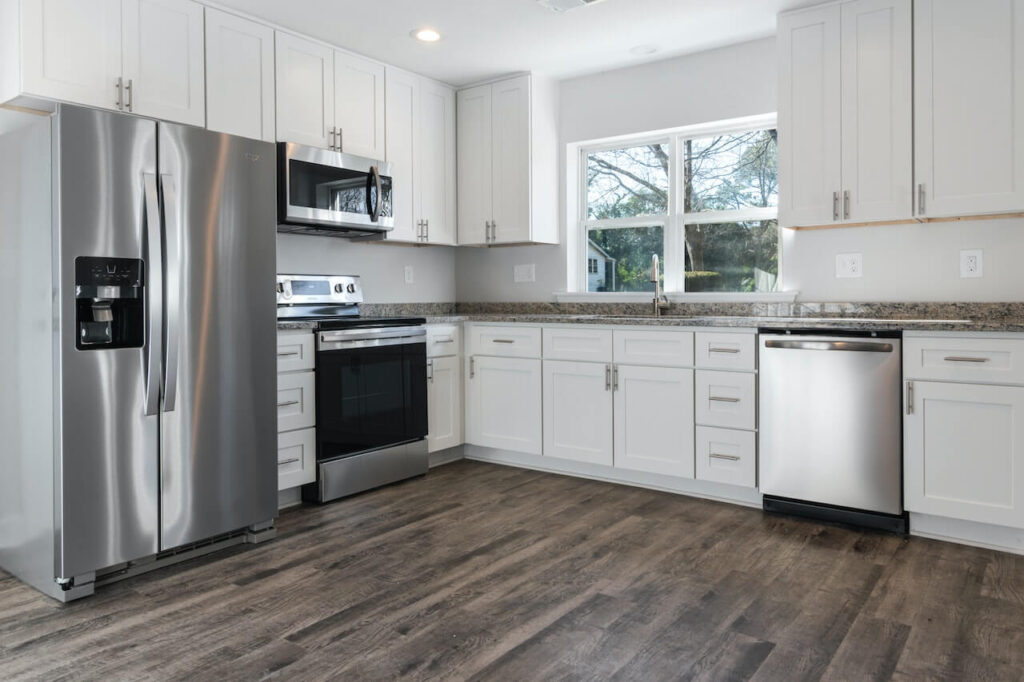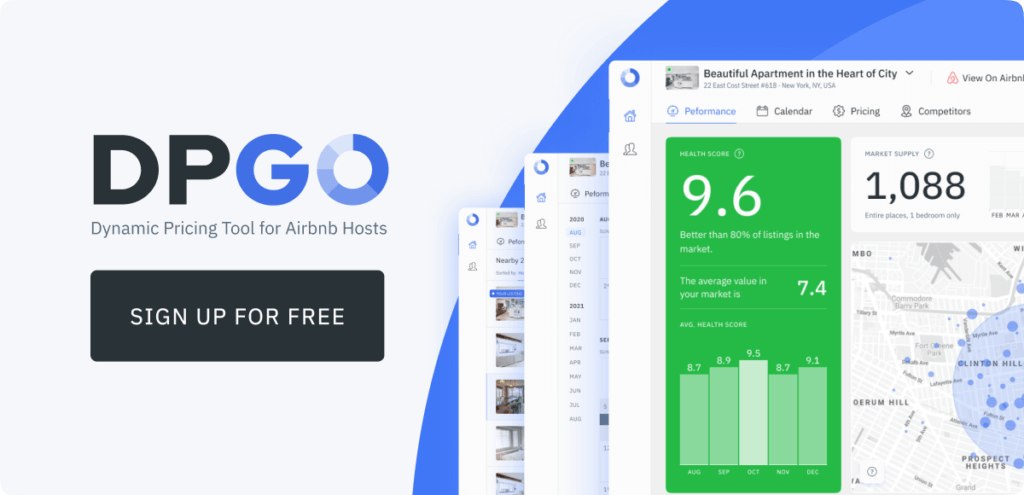The phrase of the month in the vacation rental industry seems to be ‘mid-term rental’. Everyone is talking about it and we think it’s high time we weigh in on the subject. As we navigate our way through the modern digital landscape, evolving trends, dynamic business models, and tech-driven innovations shape the future.
As Airbnb hosts, one promising trend gaining traction is medium-term rentals, an accommodation model situated somewhere between traditional short-term stays and long-term leases. This approach has the potential to transform your Airbnb hosting strategy, offering both hosts and guests unique benefits and exciting opportunities.
As local governments all over the world are starting to put limits on short-term rentals like Airbnb, mid-term rental durations are on the rise, big time. According to Kopa, “But what about if you’re moving somewhere temporarily? You’re not a true renter during a short-term stay — you’re a traveler or a guest. Fortunately, the rental market is changing, and more property managers and hosts are offering mid-term leases. The United States is behind Europe in this shift, so it’s easier to find medium-term rentals in Barcelona or Lisbon than it is in San Diego or Los Angeles. Similar terminology includes month-to-month rentals, monthly rentals, extended stays, long-term stays, flexible lease, and sublets.”

What are Mid-Term/Medium Term Rentals?
A mid-term rental, sometimes also referred to as a medium-term or intermediate-term rental, typically refers to a housing arrangement that lasts from one month to six months. This category sits between traditional short-term rentals (often considered as anything less than a month, and common on platforms like Airbnb) and long-term leases (usually spanning multiple years).
Medium-term rentals serve a variety of clientele, such as digital nomads who move locations frequently but stay for a few months at a time, business travelers on short-term assignments, individuals or families in the process of moving who need a temporary home, or students in need of semester-long accommodation.
A mid-term rental provides a unique blend of the flexibility of short-term leases with the stability and lower turnover associated with long-term rentals, making them an increasingly popular choice in today’s changing housing market.
These rental properties are usually furnished and ideal for people who work in the area, but may not live there full-time. In terms of rate, mid-term rental rates are usually higher than long-term rentals and lower than short-term rentals.

Why Should Airbnb Hosts Pivot To or Incorporate These Types of Rentals?
Here are some compelling reasons and tips on how to maximize this emerging trend.
Predictability and Stability
One key advantage of offering medium-term lets on your rental properties is the increased predictability of income. While short-term rentals can be lucrative, they are also subject to seasonal fluctuations, which can leave hosts with vacant rental properties during off-peak times. Medium-term rentals, however, provide a steady income over several months, resulting in a more predictable cash flow and less worry about filling gaps between bookings.
Less Turnover
With longer stays come fewer turnovers. This reduction leads to less wear and tear on your property, decreased cleaning and maintenance costs, and less time spent communicating with guests. You can potentially save hundreds of hours annually, allowing you to focus on enhancing the guest experience or expanding your property portfolio.

Increased Market Reach
By offering bookings to mid-term renters, you diversify your guest demographics. You can attract digital nomads seeking a conducive environment for work and relaxation, professionals on sabbatical, relocating families needing a temporary home, and students looking for semester-long stays. This demographic shift can help you capture new markets and ensure a steady stream of renters.
Who Needs Medium-Term Rentals?
Typically, the same guest categories require rentals of one to six months. Here is a breakdown of the main guest types, and why they gravitate toward medium-term rentals:
Students
Students ordinarily require medium-term rentals because they only need accommodation for term time, rather than all year long. College students will also need furnished apartments and accommodation, which most mid-term rentals are. While these rents are usually higher than long-term rentals, they are still much more cost-effective than the classic vacation rental rates. You will need to clearly state the rules and regulations and specifics of paying rent in your lease agreement. Students can also be offered long-term housing if their degrees or diplomas are longer in duration.

Corporations & Big Businesses
Bigger businesses often choose to rent out properties on a mid-term basis to accommodate traveling employees. It’s easier to rent properties on this basis rather than fork out the extra cash for vacation rentals.
Individuals Moving to the Area
For people who are moving into a new area, renting a property and paying a daily rate is a pretty steep approach. Instead, a common strategy is to locate a rental property and rent it for a period of months rather. This is a common approach for people who are relocating to a new city and want to explore before deciding on an area to rent on a longer-term basis.

Digital Nomads
Remote workers looking for mid-term stays are a guest type that has grown in popularity recently. After the turbulence of the past few years, both short-term rental and long-term rental properties needed to be more flexible with lease durations and decided to offer remote workers a fully-furnished accommodation option with high-speed internet, and a slightly lower monthly rate compared to vacation rentals.
What Guests Look for in Mid-Term Housing
There are becoming an increasingly important aspect of the vacation rental landscape. While that might sound contradictory, vacation rental hosts can do both. Most elect to rent their property in the short term during peak season and as a mid-term during the quieter months.
Facilities, Amenities, Appliances
If you’re planning on renting your property out for longer than a week or two, you’re going to need to make sure that it has all of the things your target guests cannot live without. Say you’re renting to business people, make sure that the rental has fast and reliable internet. If you’re renting to students looking for term-time accommodation, ensure it has basic kitchen appliances so they can cook for themselves. You need to offer more than a kettle and a mini fridge like you’ll find in a hotel room.

Rental Terms
Mid-term housing rentals might not be as long-lasting as annual leases, but you do still need to make sure you and your rental property are protected in the rental agreement. Renters will often want a break-out clause, and that’s okay, but remember that rental bookings, especially mid-term ones, do not just drop out of the sky. We would recommend a notice period of one calendar month for your medium-term housing agreement.
Fair Rates
Pricing is a big consideration for individuals looking for mid-term housing. Daily rates add up fast and if your pricing isn’t competitive, kiss those precious bookings goodbye! As a dynamic pricing company, we know how quickly pricing can ensure a property is booked up or standing empty. Sign up for a free 30-day trial with DPGO and enjoy fully optimized and automated dynamic pricing. The results speak for themself.





Comments are closed.